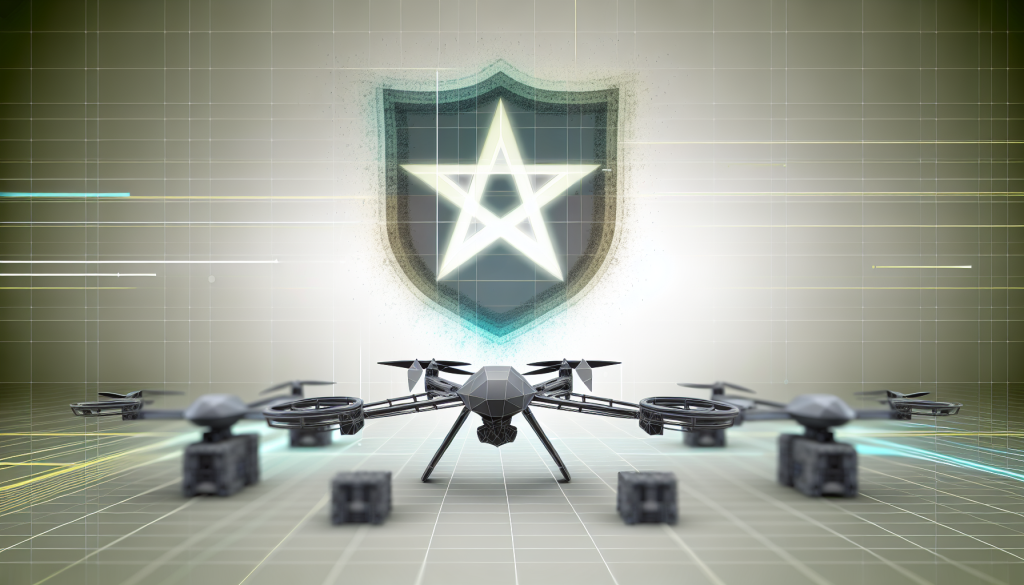Raytheon Secures $5.04 Billion Contract for Coyote Missile System
On Monday, the U.S. Department of War made a significant announcement regarding the advancement of the military’s defensive capabilities against unmanned aerial threats. It awarded Raytheon a staggering $5.04 billion contract to supply the U.S. Army with the Coyote missile system, a state-of-the-art counter-drone weapon designed to intercept and destroy aerial threats, including coordinated drone swarms.
Understanding the Coyote Missile System
The Coyote missile system represents a leap forward in counter-drone technology. This small, rail-launched missile is equipped with a boost rocket motor and a turbine engine, which together empower the system to engage high-speed targets over extended ranges and altitudes. Its design focuses on countering unmanned aircraft systems (UAS) while supporting launched effects missions. This adaptability has established the Coyote as a vital component of the U.S. military’s counter-drone arsenal.
Combat-Proven Versatility
Raytheon has described the Coyote effector as “combat-proven,” a testament to its performance in real-world scenarios. Its versatility and affordability make it an attractive choice for military applications. These small, expendable missiles are capable of tackling a wide array of threats, ranging from solitary drones to coordinated swarms. With rapid engagement timelines, the Coyote can neutralize multiple targets simultaneously, addressing one of the most pressing challenges faced by modern militaries.
Kinetic and Non-Kinetic Options
One of the most compelling features of the Coyote system is its availability in both kinetic and non-kinetic variants. This flexibility allows operators to choose the most effective method based on mission requirements. Kinetic versions are designed to intercept targets through direct impact, making them highly effective for immediate threats. In contrast, the non-kinetic options leverage electronic effects or other technological means to disrupt or disable hostile drones without making physical contact, thus reducing the risk of collateral damage.
Operational Deployment and Effectiveness
The Coyote missile system is not just theoretical; it has already seen operational deployment as part of broader U.S. initiatives aimed at building integrated defenses against drone incursions. Its capability to reach longer ranges and higher altitudes than many comparable systems offers military commanders enhanced flexibility and a stronger protective posture against evolving aerial threats. This operational readiness underscores Raytheon’s commitment to delivering solutions that meet the dynamic needs of modern warfare.
Future Implications for Military Strategy
As militaries worldwide grapple with the challenges posed by unmanned aerial systems, the Coyote missile system positions itself as a front-line asset. Its technological innovations not only enhance tactical operations but also signal a shift in how military strategies are developed to counter new-age threats. The investment into such advanced systems reflects a proactive approach in adapting to the inevitabilities of modern conflict.
Conclusion: A Step Forward in Counter-Drone Technology
The awarding of this significant contract to Raytheon marks an important milestone in enhancing the U.S. Army’s capability to defend against drone threats. With the Coyote missile system now part of its operational framework, the military is better equipped to address the complexities of aerial warfare. As technology continues to evolve, the Coyote’s performance and adaptability will likely play a crucial role in shaping future combat scenarios.

